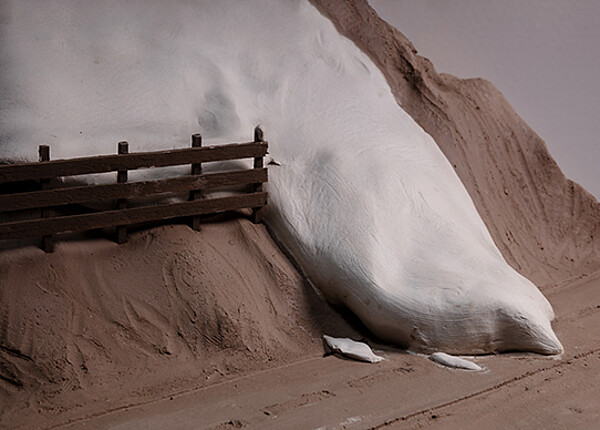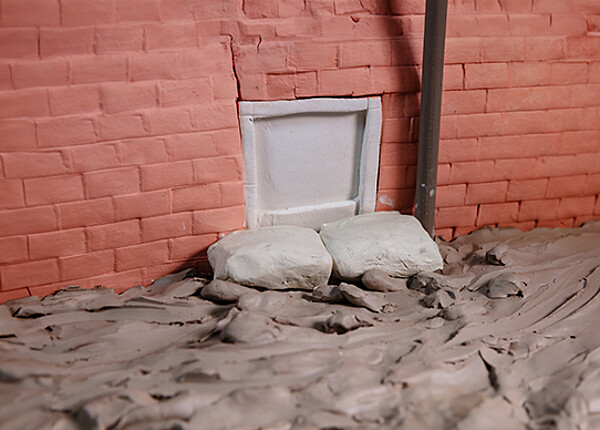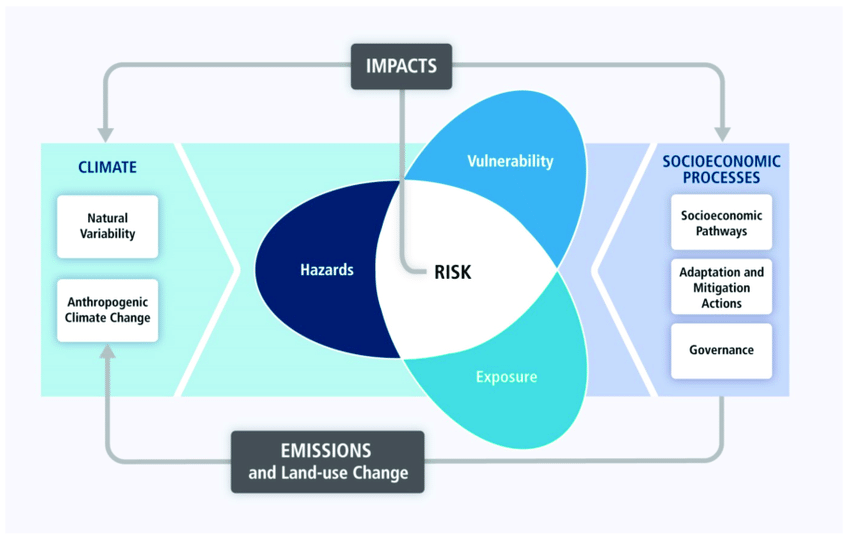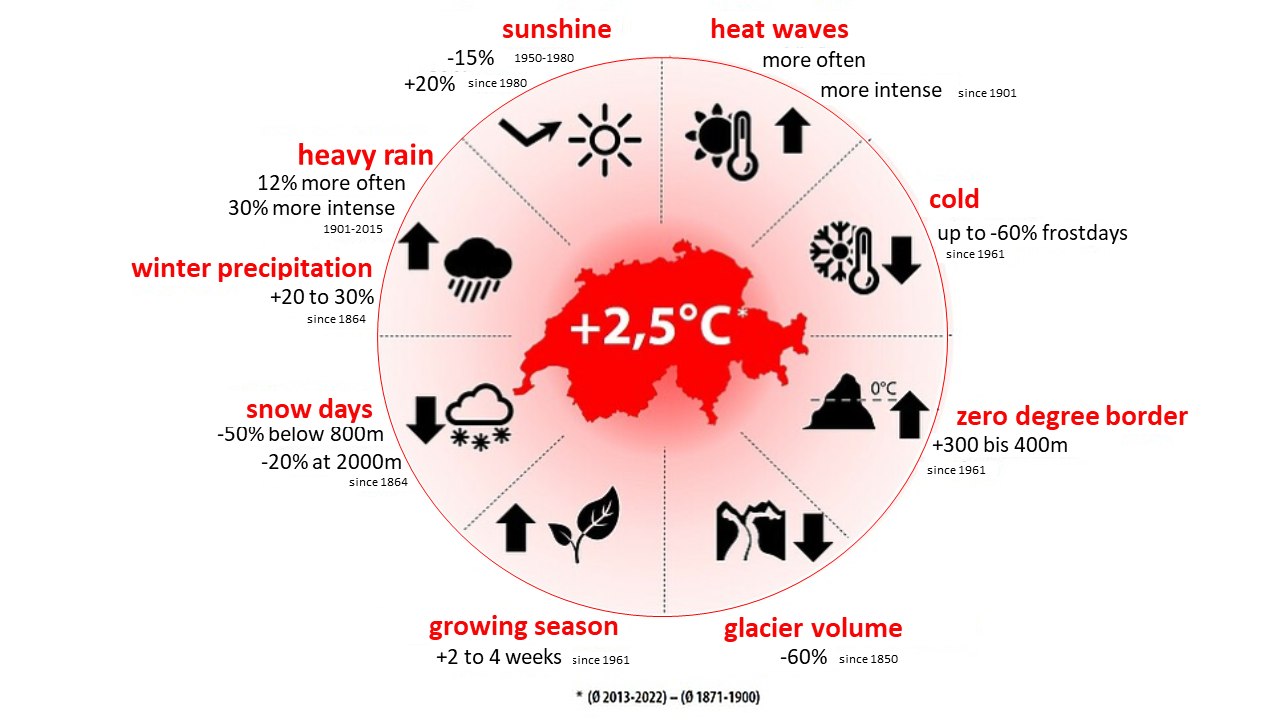People in Switzerland are exposed to various natural hazards and and there is no such thing as complete security. The strategy for dealing with risks from natural hazards aims to promote a deliberate risk culture that is able to avoid and mitigate damage – or to bear it as a community in cases where reasonable efforts fail. This requires integrated risk management as well as dialogue with those affected and those bearing responsibility.
You can find current warnings on the Natural Hazards Portal
Climate change
Settlement development and climate change
Risks are changing: settlement development and increasing utilisation density are increasing the risks from natural hazards. In addition, the frequency and intensity of events in Switzerland, such as heatwaves, droughts and heavy rainfall, are increasing as a result of climate change.
Cascade of natural hazards
Cascade of natural hazards
Natural hazards can occur in a chain, as the example of Piz Cengalo shows: The debris from the Piz Cengalo landslide in August 2017 quickly mixed with water and flowed as a debris flow into the village of Bergell. Or: Heatwaves lead to increased evaporation and greater drying out of the soil. The dry soils cause the air to heat up even more.
Indirect damage
High sums for indirect damage
When damage totals are published after events such as floods or storms, indirect damage is usually not included: This includes, for example, the time it takes to restore the power and water supply, get machinery back up and running or make rooms usable again.
If people are injured, made ill or have their performance impaired by natural hazards, this also causes costs that are often not included in the estimates. Seen in this light, the total damage can be many times higher.















